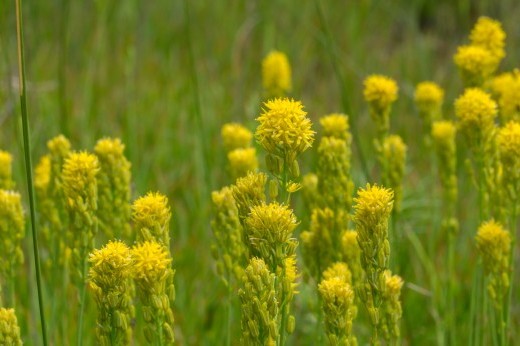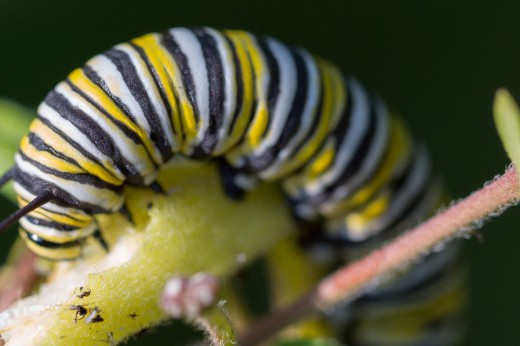It's easy to be enchanted by pixie-moss. The name conjures up images of diminutive winged fairies, transferring pixie dust from flower to flower in a miniature world of botanical fantasy. While all this might not be true, Pyxidanthera barbulata is indeed a small and charming species. It’s actually not a moss at all, but a flowering plant.
When not in bloom, pixie-moss does look rather mosslike: It grows in low mats only about an inch high, its short and stout branches covered in evergreen foliage. In late April and early May, these mats bloom with a profusion of tiny white, five-petaled flowers. The genus name, Pyxidanthera, is a reference to its box-shaped (pyxis) anthers, which lie just inside the ring of petals.
Pixie-moss is a northeastern native species that is listed as critically imperiled in New York and Virginia but is apparently secure in New Jersey and North Carolina, where the bulk of its population grows. Brooklyn Botanic Garden works in partnership with the Center for Plant Conservation to conserve this species, and as part of this work, I regularly visit known populations to gather data about plant health and threats.
For the past eight years, I have traveled to natural areas in New Jersey and Long Island several times a year to see pixie-moss in the wild (along with many other plants). I only find it in wet and peaty sands in the pine barrens and along bog margins. Despite ample suitable habitat for this plant in other sandy areas, it does not respond well to salt from the ocean or to man-made disturbances, so you won’t find it in commercial cranberry bogs, empty lots, or beach-front parking areas. It is easiest to spot in spring when it’s in flower, so timing my visits is crucial. In order to meet our goals for seed collection, I revisit these plants over the course of the season to assess when the seed is mature and ready to be collected.
More: Photos Lead to Discovery of Unknown Insect
Pixie-moss is a fire-adapted species and relies on regular burn cycles to maintain open, sunny habitat. Because it needs sun, away from the encroaching shade of trees and shrubs, pixie-moss is found mostly along trail and road edges, which puts it at risk for damage from ATV and dirt bike recreation. Off-road enthusiasts frequently treat state parks and forests as their personal playground, and few things are more disheartening than finding the remnants of pixie-moss crushed in the tire tracks.
The disturbance created by these vehicles destroys fragile ecosystems, reduces biodiversity, and provides an entry point for nonnative invasive plants. Better enforcement by park personnel can go a long way to protect these plants in situ, but continued monitoring, seed banking, and propagation are important ex situ complements to the protection of its natural habitat.



